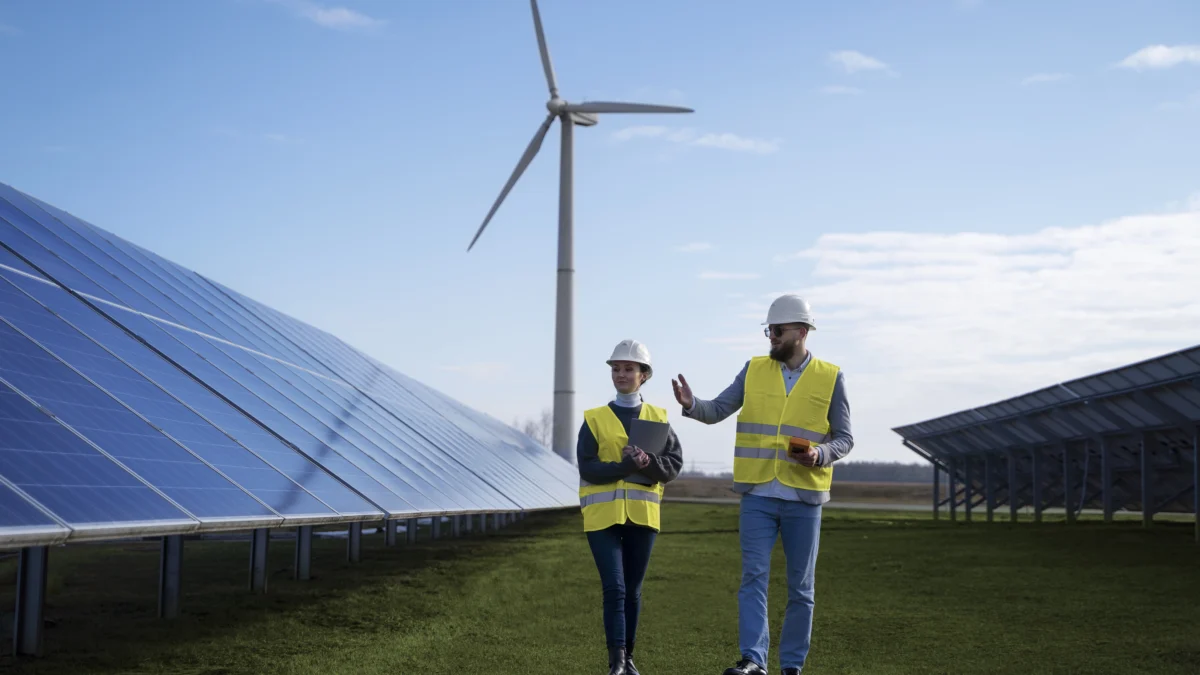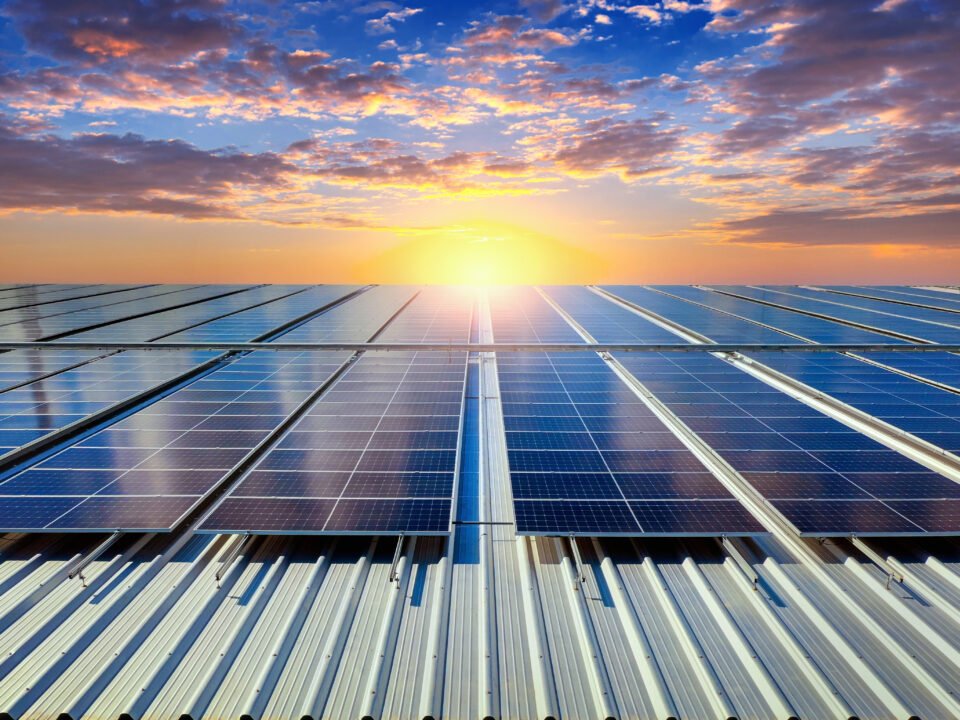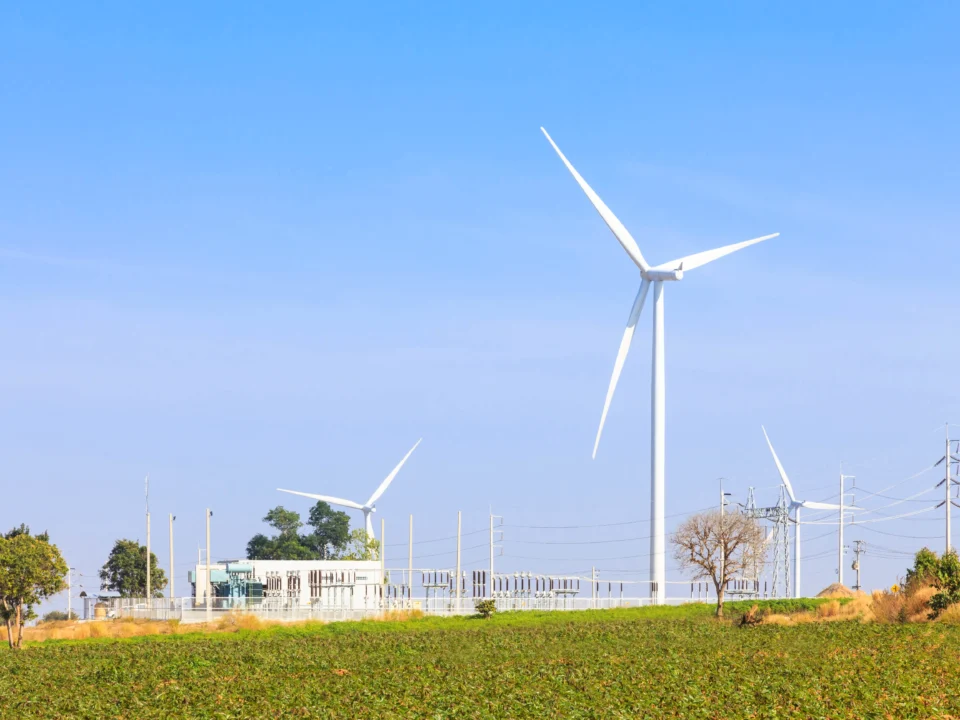As the global push for renewable energy intensifies, solar energy power plants have emerged as a vital solution. These facilities, which convert sunlight into electricity, are driving the shift toward cleaner and more sustainable energy systems. This blog explores the benefits, innovations, and future prospects of solar energy power plants, emphasizing their critical role in reshaping the energy landscape.
What Are Solar Energy Power Plants?
Solar energy power plants harness sunlight to produce electricity using photovoltaic (PV) panels or concentrated solar power (CSP) systems. PV panels convert sunlight directly into electricity through the photoelectric effect, while CSP systems use mirrors to concentrate sunlight, creating heat to drive turbines. These plants range from small rooftop installations to sprawling solar farms, offering a scalable and environmentally friendly alternative to traditional energy sources.
Benefits of Solar Energy Power Plants
- Environmental Benefits: Solar energy eliminates greenhouse gas emissions, reducing air pollution and combating climate change. By relying on an abundant renewable resource, solar plants help conserve finite resources.
- Energy Independence: Harnessing solar power reduces reliance on imported fossil fuels, enhancing energy security and stability for countries.
- Economic Advantages: The solar industry creates jobs in manufacturing, installation, and maintenance. Falling technology costs make solar power competitive, lowering energy bills for consumers.
- Scalability: Solar power plants suit diverse applications, from residential systems to utility-scale farms. They can also complement other renewable sources for a balanced energy grid.
- Low Operating Costs: With minimal maintenance needs and no fuel expenses, solar energy power plants offer long-term cost efficiency.
Innovations Driving Solar Energy Growth
- Bifacial Solar Panels: These panels capture sunlight on both sides, boosting efficiency by up to 30% compared to traditional panels.
- Floating Solar Farms: Installed on water bodies, these systems save land, reduce water evaporation, and improve panel cooling and efficiency.
- Perovskite Solar Cells: Lightweight and cost-effective, these next-generation solar cells promise higher efficiency and broader applications.
- Energy Storage: Advanced batteries enable solar plants to store excess energy, addressing the intermittency challenge of solar power.
- AI and IoT Integration: Smart technologies optimize solar plant performance, predict maintenance needs, and enhance energy output.
Future Prospects of Solar Energy Power Plants
- Cost Reductions: Continued technological advancements and economies of scale will further decrease solar energy costs, making it more accessible worldwide.
- Growth in Emerging Markets: Countries in Asia, Africa, and Latin America, with abundant sunlight and rising energy demands, are poised to lead solar energy adoption.
- Smart Grid Integration: Solar plants will increasingly integrate with smart grids, improving energy distribution, reducing losses, and enhancing efficiency.
- Hybrid Renewable Systems: Combining solar energy with wind or biomass creates reliable hybrid systems that ensure consistent power supply.
- Policy and Collaboration: Government incentives, international partnerships, and regulatory frameworks are accelerating the global adoption of solar energy.
Challenges and Solutions
Despite its potential, solar energy faces challenges:
- Intermittency: Solar power is weather-dependent. Energy storage technologies and smart grid integration are addressing this issue.
- Land Use: Large solar farms require extensive land. Floating solar farms and rooftop systems offer effective alternatives.
- High Initial Costs: Although installation costs are falling, they can still be prohibitive. Incentives, subsidies, and financing models like power purchase agreements help mitigate this.
- Recycling and Waste: Managing end-of-life solar panels is a concern. Developing efficient recycling methods and sustainable materials is critical.
Conclusion
Solar energy power plants are at the forefront of the renewable energy revolution, offering a clean, sustainable, and economically viable energy source. Innovations and supportive policies are driving their growth, enabling countries to combat climate change and achieve energy security. Addressing challenges and leveraging new opportunities will unlock the full potential of solar energy, paving the way for a greener future.




